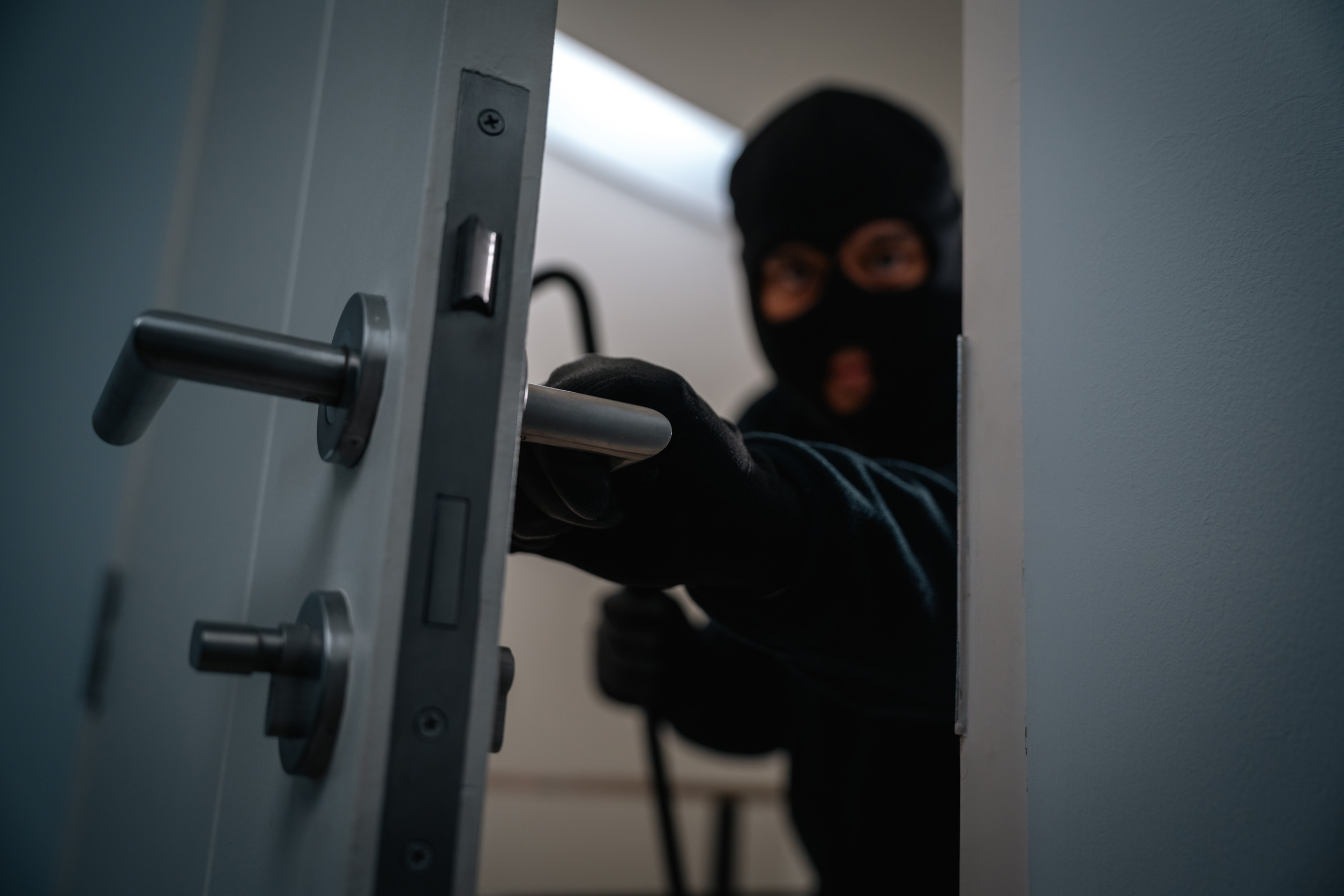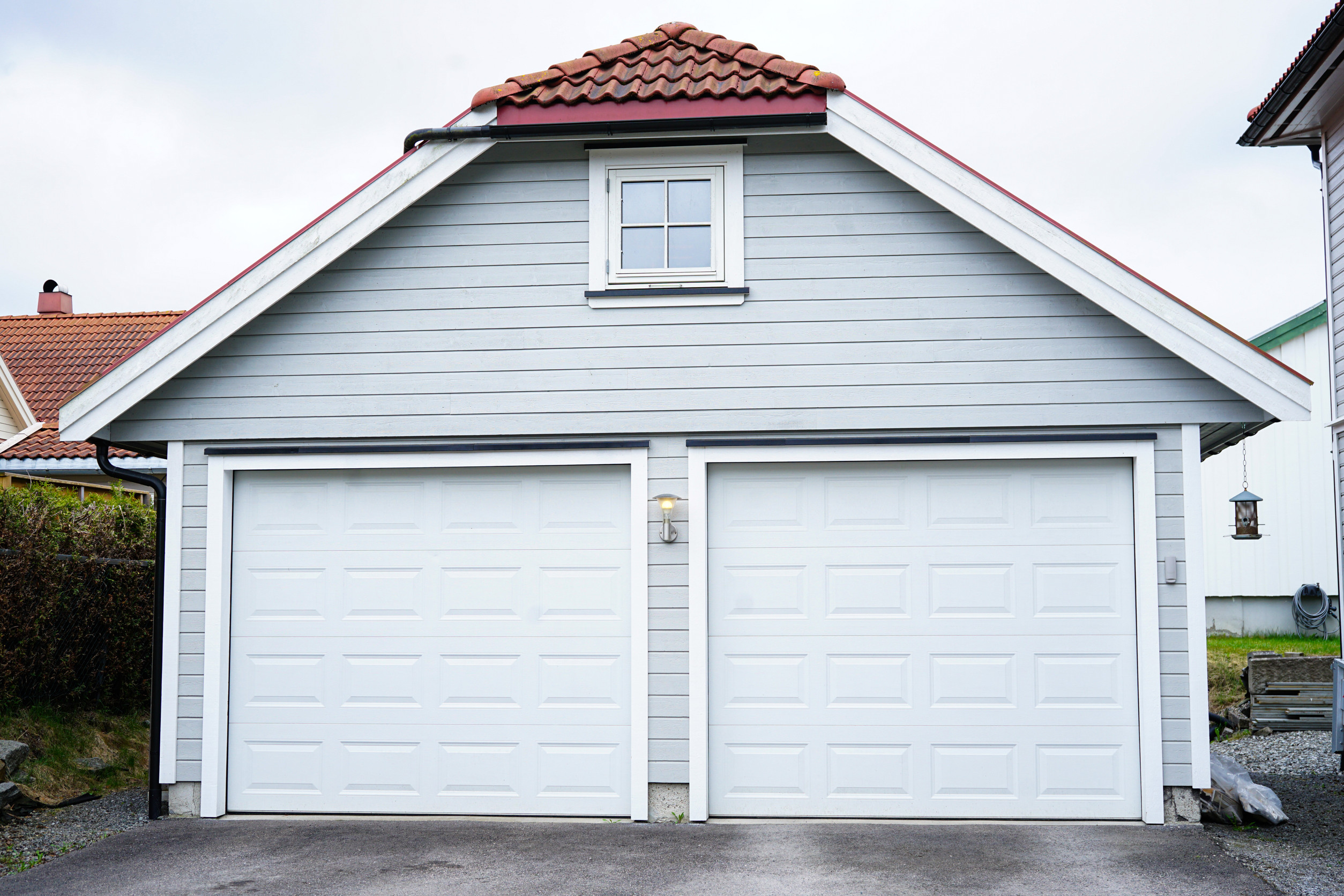The idea behind smart homes sounds bulletproof—automated locks, voice-controlled assistants, remote security cameras, and devices that run your house like clockwork. But convenience has a catch. The more doors you open for yourself digitally, the more you might be opening for someone else—without knowing it.
Today’s burglars don’t need a crowbar when they can hack, spoof, and slip through the cracks of poorly secured systems. And as smart features become more common, so do the mistakes that make homes vulnerable.
1. Voice Assistants That Don’t Know Who’s Talking
Smart assistants are supposed to obey their owners—but most will listen to anyone within range. Without voice ID or authentication, they’ll unlock doors, disarm alarms, or access personal information on command. A thief shouting through a window or a slipped-in device broadcasting pre-recorded commands can activate these systems without resistance. Some devices even allow purchases or system changes just by hearing the right words. What started as a virtual butler quickly turns into a loose-lipped accomplice.
2. Smart Locks That Trade Keys for Weak Codes
Smart locks eliminate the need for keys, but many of them replace one weak point with another. Outdated firmware, weak encryption, or poor Bluetooth security can make these devices easy targets for anyone with basic hacking skills. Some models are vulnerable to physical attacks too, with exposed components that make them easier to force open than standard deadbolts. If the lock connects to an app with a simple password or no two-factor authentication, the whole system becomes even more exposed.
For burglars who know the right tools, getting in is a digital puzzle, not a physical challenge.
3. Security Cameras That Turn into Spy Tools
Cameras should keep an eye on your home, not broadcast it to strangers. Many smart cameras ship with default usernames and passwords that never get changed, making them ripe for remote access. Hackers can tune in, monitor daily patterns, and time their break-ins perfectly.
Insecure networks make it even easier to intercept footage or disable the camera feed altogether. A hacked security camera becomes an asset for criminals—showing them exactly when to strike and where to go.
4. Garage Doors That Open for Anyone with the Right Signal
Automated garage doors are a hidden weakness in many smart homes, especially if they rely on outdated remotes or unencrypted signals. Devices that mimic or capture these signals can easily open the garage without triggering alarms. Once inside the garage, it’s often just a single door separating a thief from the main house.
Many smart systems also offer auto-open features tied to smartphones, which can be exploited if the device is lost, stolen, or compromised. The garage, often overlooked in security planning, becomes the front door burglars prefer.
5. Geofencing That Broadcasts When You’re Away
Geofencing automates actions based on your phone’s location, like locking doors or turning off lights when you leave. But for someone monitoring your network or tapping into app data, those automated changes are flashing signals that the house is empty. Some smart home platforms expose status updates through APIs, creating digital breadcrumbs that can be tracked. Add a social media post about your vacation, and the timing becomes perfect. This digital perimeter meant to secure your home often acts more like a high-tech “We’re not home!” sign.
6. Centralized Smart Hubs That Control Everything—Good and Bad
Smart home hubs are designed to simplify control—but they can also centralize risk. If one device in the system is compromised, the attacker can gain access to every other connected feature, from cameras to locks. Vulnerabilities in less obvious devices—like smart plugs or thermostats—can serve as gateways for deeper infiltration.
Most users don’t segment their networks, which means once someone’s in, they have full run of the house. A compromised hub is like a skeleton key, unlocking every room with just one crack in the system.
7. Automated Lights That Follow a Predictable Script
Smart lights are great for saving energy and pretending someone’s home—until their robotic timing gives away the truth. Lights that turn on and off at the same time every night scream automation to anyone watching closely. Burglars aren’t fooled by perfect patterns; they know real humans don’t run like clockwork. Poorly placed motion sensors can also reveal movement—or a lack of it—inside the house. Instead of deterring crime, these setups can tip off observant criminals that the place is empty.
Convenience Without Security Is an Open Invitation
Smart homes promise peace of mind, but they can quietly trade security for ease without anyone noticing. From voice assistants to locks and lights, every connected feature has the potential to become a digital weak spot. Burglars today are more tech-savvy than ever, and they know how to exploit careless setups and outdated devices. Smart doesn’t mean secure—it takes intention, updates, and awareness to truly protect a home.
Seen a smart home go dumb? Share your thoughts or horror stories in the comments and join the conversation.
Read More
10 Signs Your Smart Home Is Being Used to Spy on You
Why Leaving a Luggage Tag on Your Checked Bag Could Invite a Home Burglary


